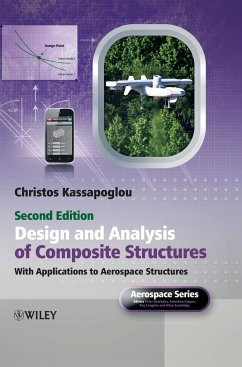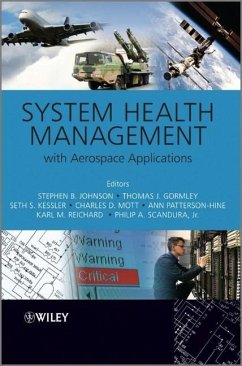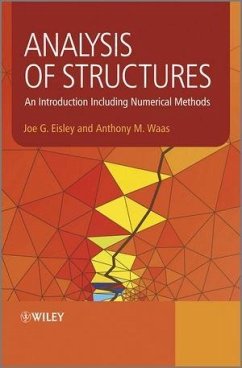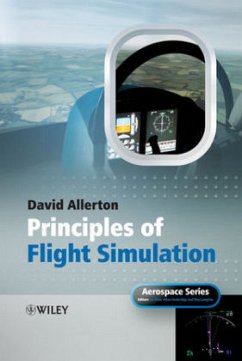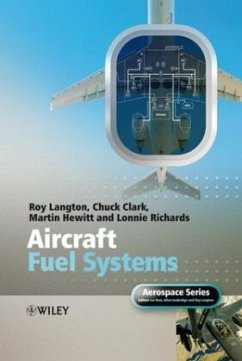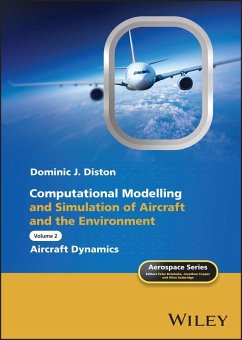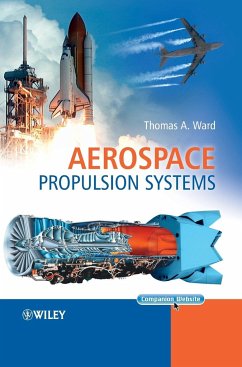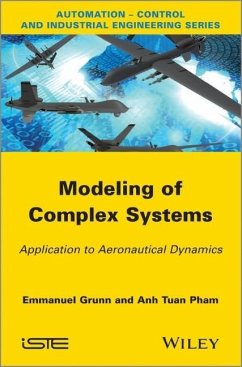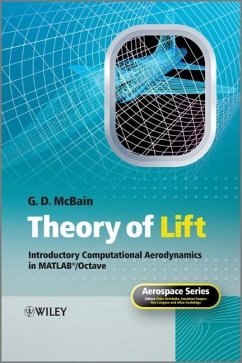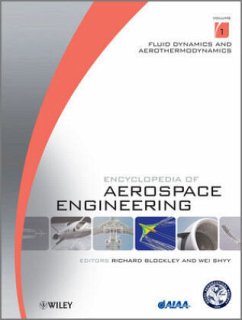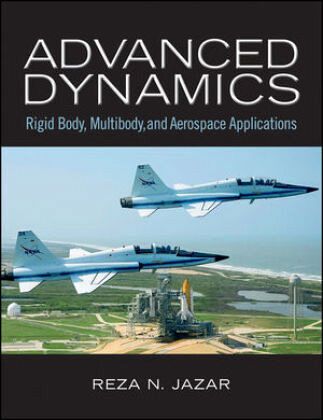
Advanced Dynamics
Rigid Body, Multibody, and Aerospace Applications
Versandkostenfrei!
Versandfertig in über 4 Wochen
164,99 €
inkl. MwSt.
Weitere Ausgaben:

PAYBACK Punkte
82 °P sammeln!
Modern mechanical and aerospace systems are often very complex and consist of many rigid components interconnected by joints and force elements. This book bridges the gap between rigid body, multi body, and spacecraft dynamics for graduate students and specialists in mechanical and aerospace engineering.
According to the author and reviewers, more than 50% of the material taught in courses such as Advanced Dynamics, Mutibody Dynamics, and Spacecraft Dynamics is common to one another. Where graduate students in Mechanical and Aerospace Engineering may have the potential to work on projects that are related to any of the engineering disciplines, they have not been exposed to enough applications in both areas for them to use this information in the real world. This book bridges the gap between rigid body, multibody, and spacecraft dynamics for graduate students and specialists in mechanical and aerospace engineering. The engineers and graduate students who read this book will be able to apply their knowledge to a wide range of applications across different engineering disciplines.
The book begins with a review on coordinate systems and particle dynamics which will teach coordinate frames. The transformation and rotation theory along with the differentiation theory in different coordinate frames will provides the required background to learn the rigid body dynamics based on Newton-Euler principles. Applications to this coverage can be found in vehicle dynamics, spacecraft dynamics, aircraft dynamics, robot dynamics, and multibody dynamics, each in a chapter. The Newton equations of motion will be transformed to Lagrange equation as a bridge to analytical dynamics. The methods of Lagrange and Hamilton will be applied on rigid body dynamics. Finally through the coverage of special applications this text provides understanding of advanced systems without restricting itself to a particular discipline. The author will provide a detailed solutions manual and powerpoint slides as ancillaries to this book.
The book begins with a review on coordinate systems and particle dynamics which will teach coordinate frames. The transformation and rotation theory along with the differentiation theory in different coordinate frames will provides the required background to learn the rigid body dynamics based on Newton-Euler principles. Applications to this coverage can be found in vehicle dynamics, spacecraft dynamics, aircraft dynamics, robot dynamics, and multibody dynamics, each in a chapter. The Newton equations of motion will be transformed to Lagrange equation as a bridge to analytical dynamics. The methods of Lagrange and Hamilton will be applied on rigid body dynamics. Finally through the coverage of special applications this text provides understanding of advanced systems without restricting itself to a particular discipline. The author will provide a detailed solutions manual and powerpoint slides as ancillaries to this book.



